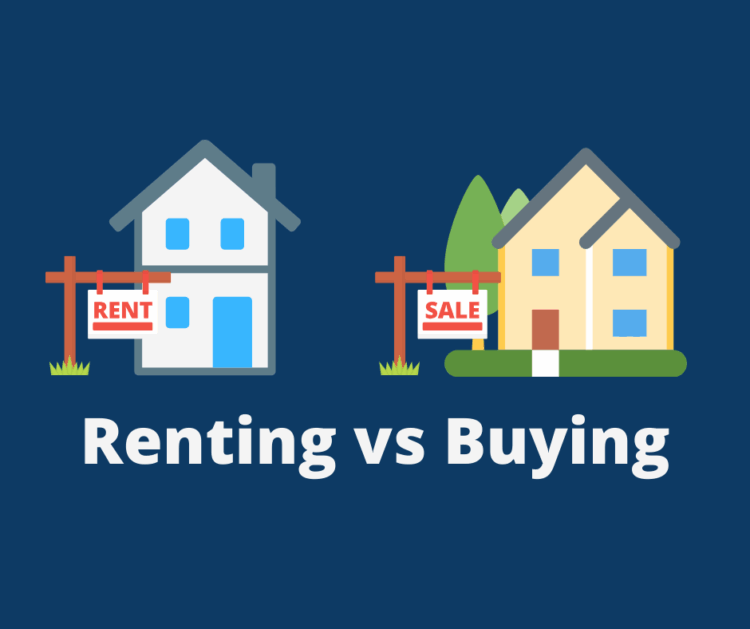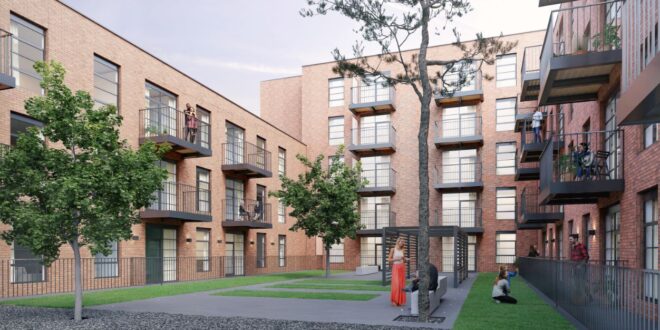Investing in up-and-coming neighborhoods often promises growth, affordability, and long-term gains.
But myths and outdated assumptions can cloud smart decision-making.
Many potential investors miss golden opportunities because they follow advice rooted in fear, not facts.
It’s time to clear the confusion and set the record straight with practical insights that reveal what truly matters in emerging real estate markets.
Myth 1: “It’s Safer to Invest Only in Established Neighborhoods”
Investors often believe mature neighborhoods are the only path to security. In truth, saturation in these areas can limit returns, while emerging markets offer better entry prices and untapped potential. Established zones often carry higher upfront costs and lower rental yields, making them less attractive to investors seeking strong returns.
Growth-oriented investors benefit by spotting regions with signs of future development—transport expansion, new schools, or local business incentives. These indicators are often more visible in secondary or revitalizing markets. Rental demand also tends to rise in these locations as affordability in core areas declines.
To start evaluating such areas and gain a broader view of investment opportunities, click here.
Myth 2: “You Must Be Wealthy to Invest in Real Estate”

Real estate investment isn’t exclusive to high-net-worth individuals. Financial tools like FHA loans, house hacking, and fractional ownership models make entering the market more attainable than ever. Up-and-coming neighborhoods, with lower purchase prices and flexible financing programs, offer ideal starting points.
Many first-time investors leverage low down-payment loans to secure their first property. Renting out part of a multi-unit property or even a single room offsets mortgage expenses and creates cash flow. Platforms enabling shared ownership also lower the entry barrier.
Building equity begins with access, and strategic financing unlocks pathways that weren’t possible just a few years ago.
Myth 3: “Buying in a Market Crash Is the Only Way to Profit”
Waiting for a crash to invest often results in analysis paralysis. Attempting to time the market ignores the steady value appreciation often found in revitalizing areas. These neighborhoods grow as infrastructure, business investment, and demographic shifts drive momentum.
Long-term investors thrive by identifying potential early and riding the wave upward. Delaying action due to fear of market fluctuations leads to missed chances. Value lies in strategy and due diligence—not perfect timing.
Successful buyers look for consistent indicators of neighborhood progress, such as school upgrades, new retail spaces, and rezoning initiatives. Buying during a so-called “calm” can often be more profitable than holding out for chaos.
Myth 4: “All Renovations Add Value”
Not every renovation brings a return, especially in developing neighborhoods. Upgrades need to align with what the market values. Basic amenities, structural soundness, and energy-efficient features usually yield better results than luxury finishes.
Over-customization can deter future buyers or renters. A high-end kitchen may look impressive but won’t always justify the investment if surrounding properties remain modest. Instead, improvements that enhance safety, livability, and efficiency attract consistent interest.
Buyers should assess neighborhood standards before committing to significant upgrades. In emerging zones, pragmatic enhancements beat showpieces in most cases.
Myth 5: “You Need a 20% Down Payment to Buy”
Waiting to save 20% might seem prudent, but it can be a costly delay. Many lenders now offer low down-payment options between 3% and 5%, especially for qualified buyers in target investment zones. These loans open the door to real estate far earlier than traditional assumptions suggest.
Delaying for a large down payment risks losing out on properties priced well today. Price appreciation and increasing demand in up-and-coming areas often outpace a buyer’s savings plan. Acting sooner with available tools positions investors to capture growth instead of chasing it later.
Early ownership also establishes equity and builds creditworthiness for future expansions.
Myth 6: “Renting Is Always Cheaper Than Buying in Up-and-Coming Neighborhoods”

Rent might feel like the safer option, but long-term costs add up without equity benefits. In revitalizing neighborhoods, mortgage payments can rival or even undercut local rents. Ownership offers more than savings—it provides stability, tax perks, and value accumulation.
Landlords often adjust rent annually, while a fixed mortgage offers predictability. As property values rise, homeowners benefit while renters absorb the inflation. Even modest-income buyers find ownership more achievable in areas experiencing growth rather than gentrification.
Choosing to buy builds roots and leverages financial tools to generate wealth over time.
Myth 7: “Location Is Everything—Ignore the Rest”
While location plays a role, it’s far from the only factor. Neighborhoods on the rise gain value through future-facing elements like infrastructure projects, civic investments, and demographic trends. Overlooking these indicators in favor of historical prestige limits investment potential.
Smart investors evaluate more than zip codes. Plans for new public transit, tech hubs, parks, or schools often drive future demand. Properties near upcoming amenities or areas marked for transformation frequently outperform older districts resting on reputation alone.
Conclusion
Buying into myths about real estate often means missing opportunities hiding in plain sight. Misconceptions around timing, financing, and location distract investors from real growth possibilities. Facts, not fear, lead to informed decisions.
By doing the homework, leveraging available tools, and seeking professional guidance, investors can uncover real value in places others overlook. Let strategy—not superstition—guide the path forward. Smart investing starts with seeing through the myths and spotting the potential in plain view.
 Hi Boox Popular Magazine 2024
Hi Boox Popular Magazine 2024



